Testing Toyota's Tough Truck in the Tundra: Part 2

Read the first installment of our adventure in the Toyota Tundra here.
At this point, we had made it far enough into the reaches of Northern Canada that our hotel had signs posted saying “please don’t clean game in your room.”
To recap, we spent the previous leg of our trip outside cell service. It returned as we pulled in to the hotel and not long after, the phone rang. The call we received told us that the ferry we had booked to take us from Labrador to the Island of Newfoundland – our only access to an airport – had been cancelled. The water was frozen and the ice breaker necessary for the ferry to operate wasn’t available.
At this point, we knew that we had to drive home rather than flying as planned. This doubled the drive distance and added days to the trip that weren’t in the original plan, raising new problems. Our team was on a deadline to return in time for the New York Auto Show. Extra days simply weren’t an option, so we decided to make it as far as Goose Bay – about 75 percent of the way down the Trans-Labrador highway – before turning around and driving all the way back.
This leg stretches 179 miles, which proved to be too far for the 2014 Tundra to travel with the trailer hooked up without re-fuelling. Gas stations are scarce in that part of the world, so we fell back on an emergency jerry can in the trailer.
That brings us to one of the weakest points of the truck: fuel economy. It is worth mentioning that the old truck turned out to have the same fuel consumption as the 2014 model with or without the trailer. While towing, they averaged between seven and nine MPG. No wonder we ran out.
Unbridled, the trucks saw between 14 and 16 MPG, a number that puts Toyota’s V8 on-par with Ram’s HEMI V8. For reference, the EPA pegs the trucks at 13 mpg in the city, 17 on the highway and 15 mpg combined.
Fuel tank size is also on the bottom of the heap at 26.4 gallons. Ford offers the largest tank at 36 gallons, while Ram will sell a 1500 with a 32-gallon tank. Chevy, like Toyota, only offers a single 26-gallon belly for fuel.
Upon arrival in Goose Bay, the mood was somber. We didn’t come to Labrador to drive 75 percent of the road. We changed our minds and decided that leaving the drive incomplete was not an option. That meant the return trip would have to be accomplished in about half the time it took us to drive it the first time.
The southern portion of the Trans-Labrador is the newest section of the road and also the worst. The potholes can be more than a foot deep and most are hidden by thick mud. It gets so bad that the locals in Goose Bay told us that there was no chance our trailer – with its six-inches of ground clearance – would make it. So we unhitched the dead weight and left it behind in the care of a local hotel.
Up until this point, both trucks had remained on the road and the pile of tow straps, jacks and tools we brought were unused. That changed when a ditch swallowed up the passenger side wheels of the 1794. Because of the way the road was ploughed, the ditch looked like solid ground because it was completely filled in with snow.
The truck was nearly able to climb out by itself, but the more we tried, the deeper the wheels sank.
Thankfully the recovery hooks on the front of the Tundra are easy to access. A quick tug from the 2007 model in its four-wheel drive low setting had all four wheels back on the road without damaging either truck.
The last few miles of the journey were by far the most rewarding. Southern Labrador’s awe-inspiring snow cuts eventually gave way to the gorgeous shimmering blue of the Atlantic Ocean.
This last leg really worked the suspension systems hard and managed to shake something loose in the 2007. The 4HI symbol starting flashing in the gauge cluster along with the ABS and traction control lights. At first, nothing seemed wrong, until we discovered that the transfer case would no longer shift into four-wheel drive when asked. We did some preliminary checks of the fuses and relays, but couldn’t locate the problem.
We continued on without ABS, traction control or four-wheel drive on the 2007. Which in same ways was a blessing, because the electronic nannies on both trucks, but especially the new model, can be intrusive.
While traversing the dips of the road at speed, the back end of the truck has a tendency to step out, while the front end likes to understeer in some of the rougher corners. Rest assured, the brain of the Tundra does a great job of reeling the truck back in when it gets upset, but it can occasionally take things a little too far. Power is cut from the accelerator in a harsh fashion and full throttle control doesn’t return to the driver until the truck is satisfied, and that can be nerve-racking.
Staring at the ocean on the Atlantic Coast was supposed to mark the end of the journey, but now it was the half-way point. We stopped just long enough to shoot some photos and then we began the 1,770-mile slog all the way back to Toronto.
In total, the trip took 10 days to complete and saw us cover over 3,600 miles.
We did eventually get the 4WD issue worked out in the 2007. We parked the truck inside overnight at a local business to allow the transfer case and all the mechanicals to thaw out. But that was only one part of the issue.
Crawling under the truck, we discovered an ABS sensor had come loose on the front right wheel and was dangling. Luckily, a local had experienced an issue like this before and helped us out with some epoxy and zip ties, a fix which held for the rest of the trip.
It was disconcerting to us that an ABS sensor would limit the 4WD system so much, but at least the fix was simple.
Once repaired, we hit the road again, bound for home. We started on the rough gravel and dirt roads of the south coast, which gave way to old pavement. The days were long on the return journey and each night we were in full zombie mode after the long day’s travel. The satellite radio in the 2014 truck helped us stay sane, though the occupants of the 2007 were treated to Queen’s Greatest Hits and Pink Floyd’s Dark Side of the Moon on loop.
Finally back on regular highways, we pushed on for 17 hours on the last day before finally completing the journey. We had completed one of the toughest roads around, not once, but twice.
Though we were all proud of our accomplishment, we did unanimously decide on one thing: our next road trip would take us south, far away from the snow and especially the cold.

Stephen covers all of the day-to-day events of the industry as the News Editor at AutoGuide, along with being the AG truck expert. His truck knowledge comes from working long days on the woodlot with pickups and driving straight trucks professionally. When not at his desk, Steve can be found playing his bass or riding his snowmobile or Sea-Doo. Find Stephen on <A title="@Selmer07 on Twitter" href="http://www.twitter.com/selmer07">Twitter</A> and <A title="Stephen on Google+" href="http://plus.google.com/117833131531784822251?rel=author">Google+</A>
More by Stephen Elmer




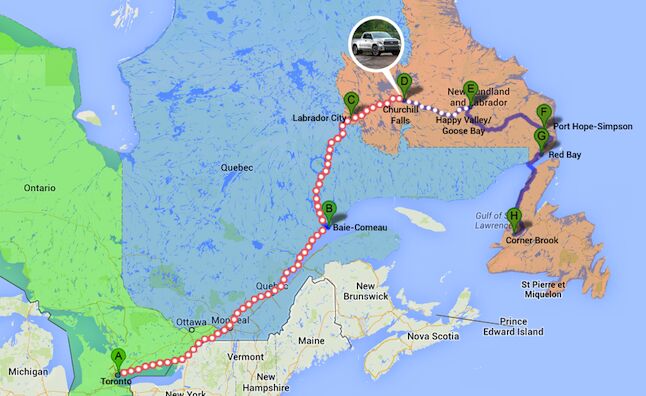

















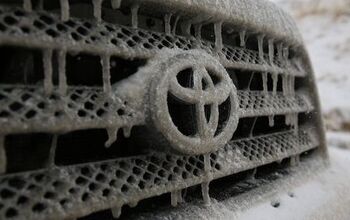
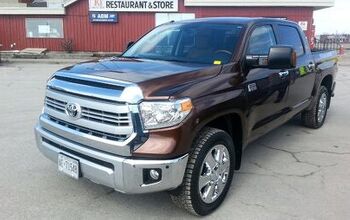







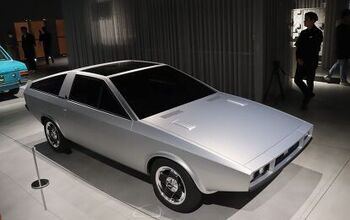


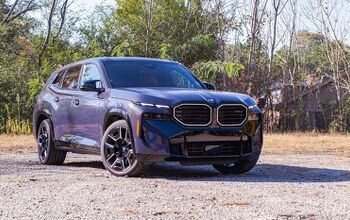

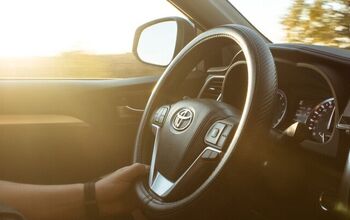
Comments
Join the conversation
I thought this was about taking a Tundra to Siberian Tundra. Where the roads aren't plowed and nobody grades them nice and flat. Disappointed.